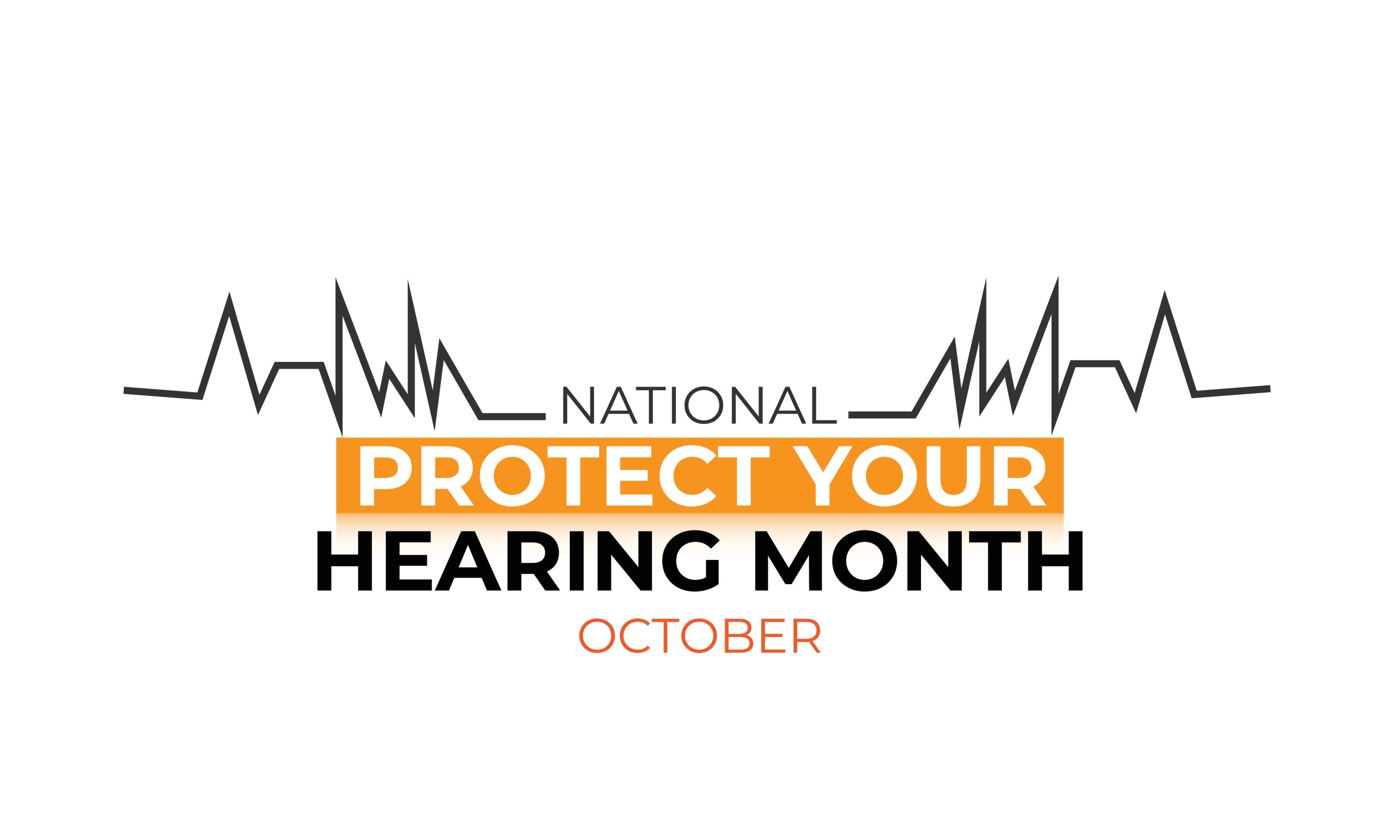
We are surrounded by noise in our everyday existence. Our environment—from traffic and lawnmowers to music via personal audio devices—is increasingly loud. Such loud conditions can negatively impact your hearing if you fail to be cautious. October is National Protect Your Hearing Month, making it the perfect time to focus on how to protect this vital sense.
8 actionable steps to protect your hearing
Fortunately, there are easy steps you can take to guard your hearing from the daily noise around you. Here are eight top tips to preserve your hearing.
1. Grasp noise levels and their impact
To begin curbing hearing loss, you must know when noise intensity is dangerously high. The volume of various sounds is measured in decibels (dB), and being exposed to them for too long can cause lasting hearing impairment. Here’s a quick overview:
- 85–90 dB: Lawn mowers, heavy traffic – Safe for up to 2 hours of exposure.
- Exposure to 100 dB sounds, such as those from construction equipment or motorcycles, risks hearing damage in only 15 minutes.
- Noises exceeding 110 dB (e.g., explosions, fireworks) can lead to immediate damage in just seconds.
A forward-thinking mindset regarding noise levels enables you to prevent environments that are unsafe for your hearing.
2. Measure sound levels yourself
Curious about how loud your environment really is? You can easily gauge it using your smartphone. There are many free applications that function as sound meters, allowing you to examine surrounding noise levels. For the most accurate results, ensure you measure the sound from your typical distance to the source.
Regular use of this app can enhance your understanding of your surroundings, facilitating smarter choices about hearing protection.
3. Keep the volume down on your devices
One of the most frequent causes of gradual hearing damage is enjoying music or podcasts at volumes that are too high. The convenience of headphones and earbuds often comes with unseen risks. It’s important that many headphones can reach 100 dB, a level that can induce hearing loss in only 15 minutes of use.
Current data suggests that more than a billion young individuals face the threat of hearing impairment due to excessive earbud use. To be safe, keep your earbud volume below 50% of its full level to protect your hearing. If you need to raise the volume higher to hear, that’s a sign your hearing may already be damaged.
4. Never try to use music to drown out loud noise
When working in a noisy environment or living in a loud neighborhood, you may be tempted to use headphones to mask the surrounding noise. It is actually harmful to increase the volume too high just to override outside noise. The preferred solution is noise-canceling headphones, which permit listening to media at a much reduced and safer volume. If you don’t have noise-canceling headphones, earplugs can be an effective alternative.
5. When in loud settings, use earplugs
For anyone frequently exposed loud environments—whether at concerts, sporting events, or while operating heavy machinery—earplugs are a must. They are small, affordable, and easy to carry, making them a simple but effective tool for hearing protection.
Individuals who use earplugs often can obtain custom-fitted ones, which give superior protection and comfort compared to standard types. In any loud setting, don’t forget to use them.
6. Follow safety recomendations at work
When your work involves being near loud machinery or equipment, you must strictly follow all safety procedures for hearing protection. While some employers may disregard the danger, those who insist “it’s not that loud” might already have serious hearing damage and be unaware of the actual volume. Protect yourself by adhering to guidelines and wearing proper protective equipment.
7. Move further away from loud noise
The simplest means of hearing protection can often be just moving back from the source of the loud sound. By increasing distance, the sound intensity hitting your ears is lessened, which works to reduce damage. To illustrate, moving 20 feet back from a 110 dB sound source can lower the level to about 100 dB, which is safe for 15 minutes of exposure.
Consider fireworks as a relevant illustration. Even if a 150 dB firework explosion appears distant, being close to the launch site means the noise could still be over 120 dB, leading to immediate damage. However, by seating yourself 2,000 feet away (approximately five football fields), you can experience the show at a safer level, under 100 dB.
8. Existing hearing loss needs to be addressed promptly
It’s extremely important to seek help as soon as possible if you have some degree of hearing loss to prevent further deterioration. Hearing loss doesn’t go away on its own; it progresses. Nearly 1 in 10 adults between the ages of 55 and 64 has noticeable hearing loss, and those numbers rise sharply in older age.
Ignoring the early indicators of hearing loss only accelerates its progression. Typically, individuals delay seeking treatment by a full 7 years. By consulting a hearing specialist without delay and exploring treatments such as hearing aids, you maximize the potential for maintaining your existing hearing.
Take action today
National Protect Your Hearing Month is an ideal reminder to prioritize your hearing health. Whether you’ve already experienced some hearing loss or want to prevent future damage, these straightforward steps can make a big difference.
Don’t delay—book a hearing test now and gain control over your hearing health before the opportunity is gone.
